Bruce saw the reproduction of a succah and thought “Mary can do better than that.” He asked me to paint a succah, like the Renaissance painters commissioned to do a chapel. So I did, had such fun, told everyone to build a succah. The subject was the guests traditionally invited to join in the succah to celebrate the festival of Succot. But the guests in the succah are all men. So I was inspired to do this room dedicated to the marvelous, delightful, and mysterious nature of women. The images are sequential, all related to each other, but in a way that can’t be done in a single painting. It makes people move from one image to another (like music) without violating the unity and relation. So people don’t do what they do now looking at older paintings: they look for two seconds and think they’ve got it because the painting is in a museum, in the wrong context. But the story is important, can’t be told in one frame.
The Book of Wisdom (Proverbs) is the most perplexing and variously interpreted in the Bible because of its ambiguity and mysterious nature. It seems to be written about and sometimes by a woman (I, She). Wisdom is always represented as female, knowledge as male. The Book of Wisdom emphasizes that: one of the most mysterious passages is “I was with Him before the foundation of the world” and “I was as one brought up with him, and my delight was in the sons of men.” “She has slaughtered her beasts and prepared her wine.” “She hath set up her seven pillars” (Proverbs 8:27-31, 9:1-2). I wanted to add a column to the back corner of the chapel but it didn’t happen. The I realized the chapel had seven columns already, so now I realize it will never have another one.
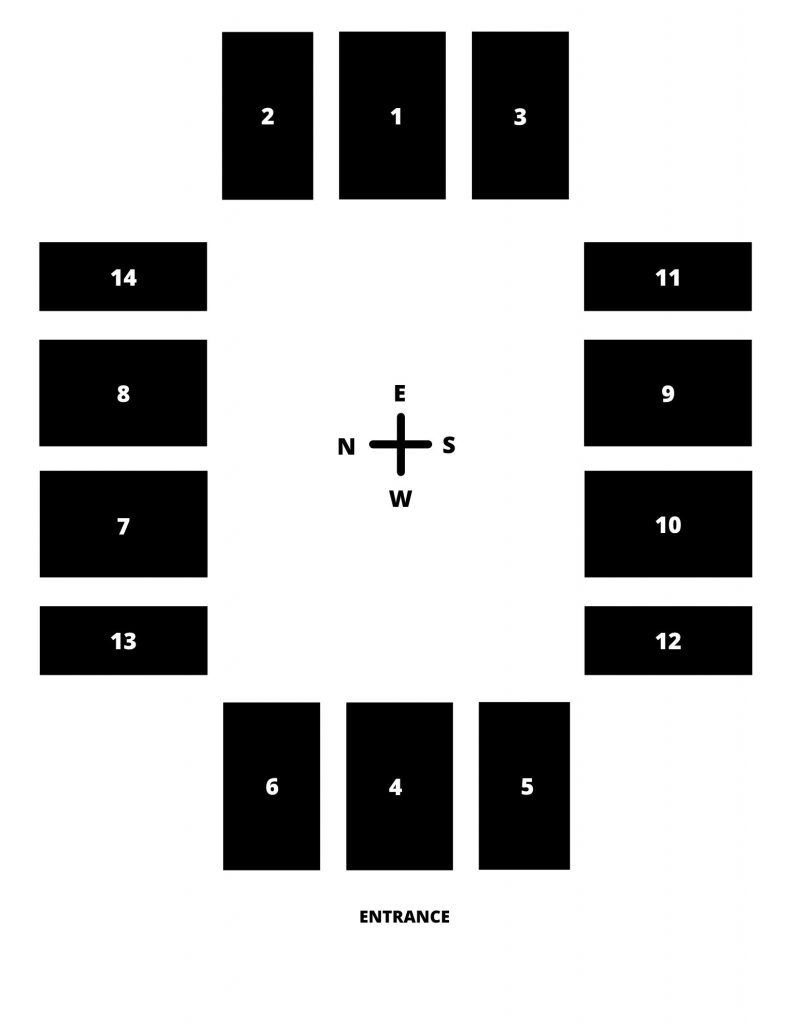
The three paintings on the East wall are the three aspects of woman and the passages of her life:
3. The Fruit Gatherer

Woman as Harvester: Women want to feed people. God gave breasts to satisfy that, but it is never enough because it doesn’t last long enough. So women want to feed people. Women won’t go to men in brothels as men go to women because they’ll always end up saying “You’ve lost weight since last time; come home with me and eat.” She is gathering fruit for somebody, not herself, and her joy is in that.
1. The Worshipper
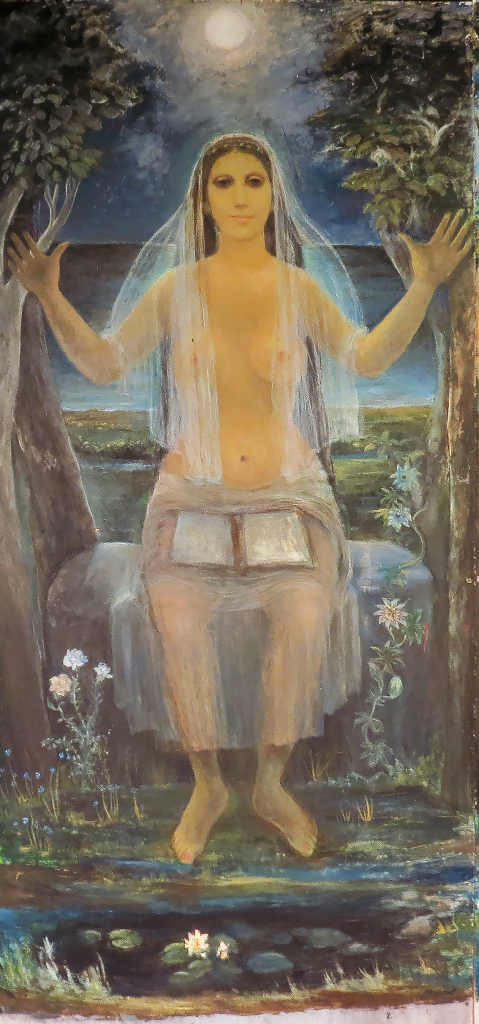
The woman as worshipper. The book she holds will read, in Hebrew, with English below, “I was with Him before the foundation of the earth, before the heaped up dust of the world” (Proverbs 8:26,29). She is the aspect of God (of the divine) that is gentleness and love. Women have the gift of worshipping, the readiness or aptness to worship. The soul is always feminine (anima). This is the wisdom of language in that worship is what women can do, a female thing. Women are more in the body, the whole body, than men, who concentrate on the genitals or the mind more. Women know our animal nature. There’s never been a male divinity who hasn’t had a female consort. Even the God of the Old Testament has the Shekhina.
2. The Flute Player

Woman as Eternal Virgin: This has nothing to do with relations with men. Diana’s virginity was renewed every time she took a bath. Think of all those paintings of Diana bathing. It is about intactness, not only the hymen, but her whole nature, her whole body is intact. For a young girl her body is literally and truly her temple. The flute player is delighting in the sons of men. She is also the young flirt and has the connotation of the prostitute.
The three paintings on the West wall are the opposites of the three aspects of woman:
5. Mother and (Dead?) Child

She is diagonally opposite to the Fruit Gatherer. Having a child exposes to fortune and risk. You don’t know what you have. While the child is inside the mother, she can protect it. But the minute it is born, it is as if it has died. It is subject to terrible vulnerability. Liberation is a kind of death, a heart wrenching change. Some women can never let that separation from the son be made. And it is worse with girls; they reveal a lot less than boys: “I was out.”
4. Depression

In the center is the opposite of woman as worshipper. When the closeness to God is drained away, there is nothing you can do. You just have to wait. The fountains of joy can’t be commanded. This is why women are susceptible to depression. If the buoying up of joy in the divine leaves, one is left with depression. There are far more women diagnosed with clinical depression than men. Most of those in mental hospitals for depression are women. She is in the dark, dried up, waiting.
6. Der Todt und das Mädchen

Death and the Maiden (a continuous theme in Northern art), is diagonally opposite the Flute Player. Not that she is going to die, but the recognition that she can’t play the roles she has played. She sees the hooded figure of death in her mirror. She is dressed as a flirt, but in the mirror realizes she is no longer either a flirt or a fruit gatherer. All she’s left with is worship.
7 & 8 – False Wisdom
People fall into it very easily, into the sense that men are some kind of animal (partly because they are just hairier). In the 19th century, women said “men are beasts.” We turn it into a joke but it’s just as false. (Just as false as the idea that “every sexual intercourse is rape”). The idea that men are a different species (sometimes made into angelic figures, sometimes demonic figures, sometimes animal figures) is that men are essentially different from women.
7. Circe
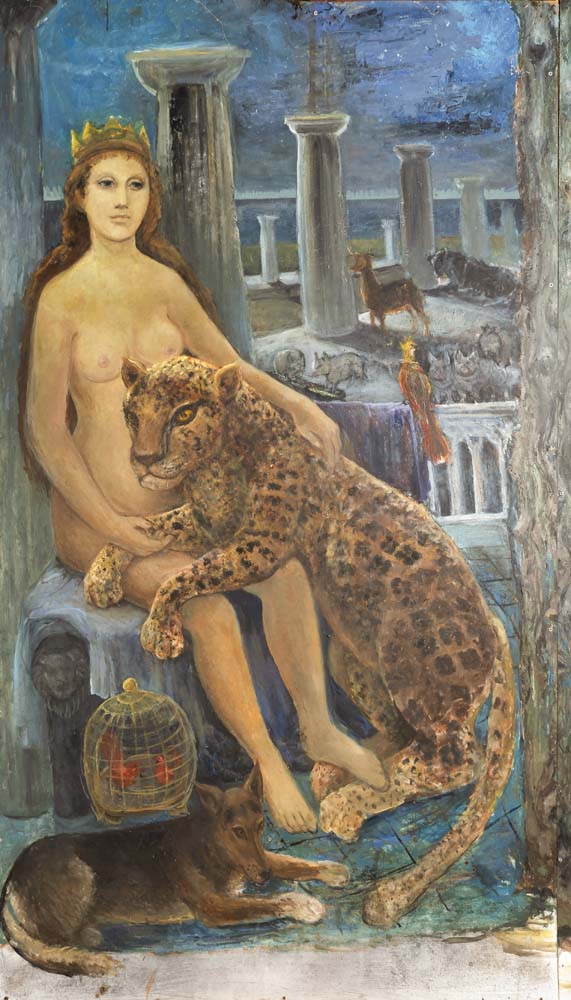
Circe thought men were beasts. She thought since they are like them they should be beasts. So, being a sorceress, she turns men into literal beasts. Leopard, golden pheasant, pigs, birds in cage. She decided men could be domesticated. But no woman really wants a domesticated man. The minute men are domesticated, women can’t stand them.
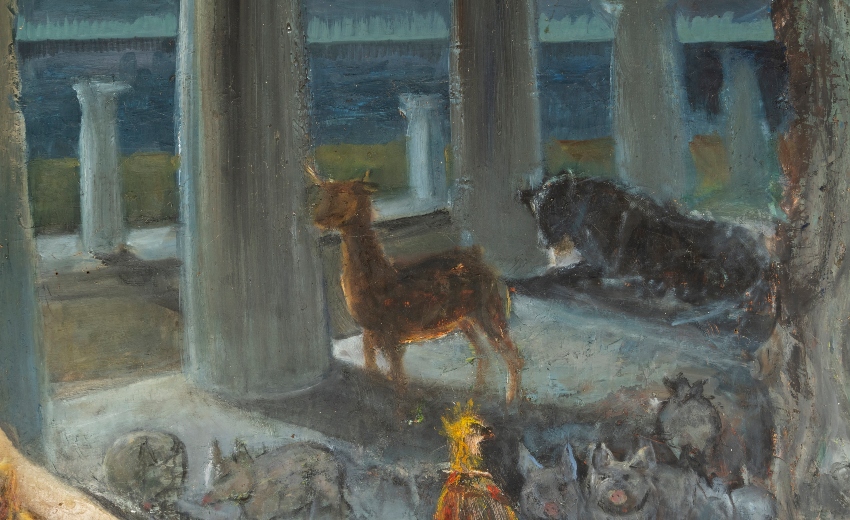
8. Pasiphae
The idea that men are animals can lead to the false idea that if men are going to be animals, I’ll turn myself into an animal. King Minos was in a shipwreck and offered his best bull to the god Neptune if he would save him. When Minos was saved, he thought he’d just reserve his best bull and sacrificed his second- best bull to Neptune. Neptune punished him by making his wife fall in love with the best bull. So she had Dedalus make a false cow, in which she could hide to receive the bull. She does and gives birth to the Minotaur. She is stoned to death and the Minotaur is put in a maze. The falsehood makes her pretend to be an animal, and that is a disaster.
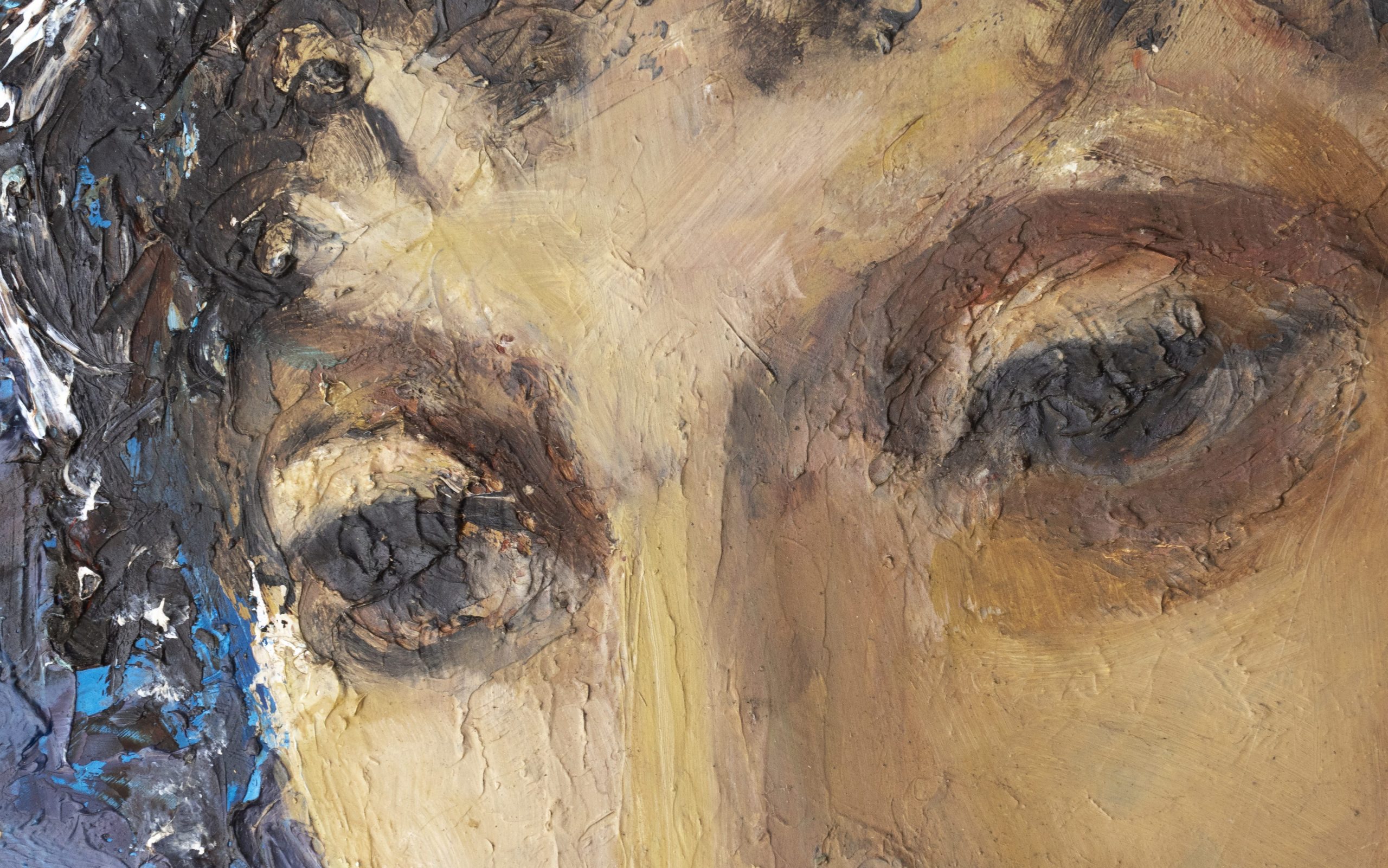

9 & 10 – True Wisdom
The fact of women’s being able to give birth makes them sacred and mysterious to men. Man can’t do it, purchase it, and can’t even be sure the offspring is his. Now that they can be sure, with DNA testing, it doesn’t matter to people who is theirs. In older times, when a man could not be sure, it did matter: who is mine? who is the real son of the king, etc.
9. Saint Margaret
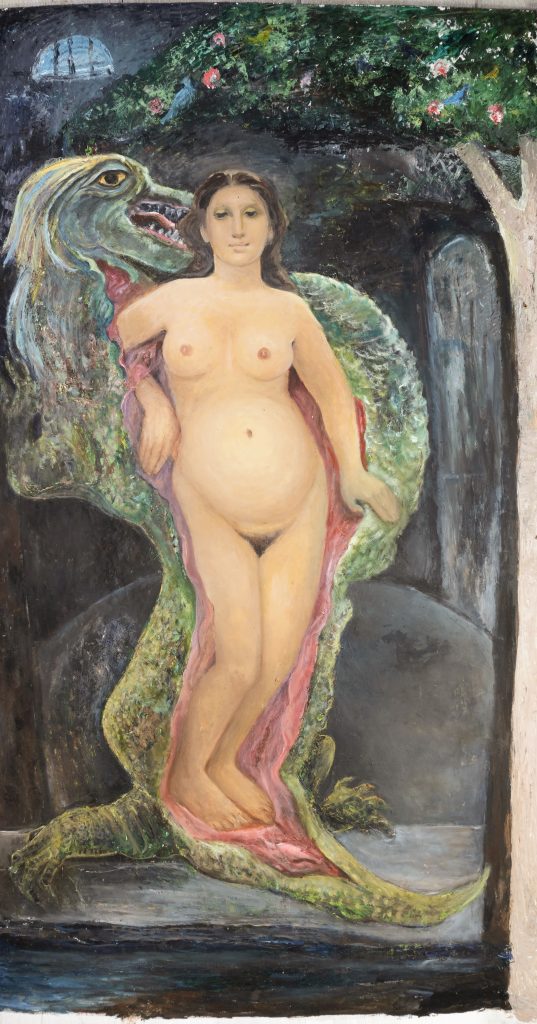
St. Margaret is the patron saint of childbirth (the opposite of the virgin flute player and diagonally opposite to Circe. She was put in prison for heresy during the early years of Christianity, and a dragon swallowed her. She spoke the name of God and the dragon split open and she stepped out whole and safe. She stands for new life stepping out of the old body, the new, pure, clean, and lovely, stepping out of blood, slime, filth, and darkness—the dark physical actuality of our bodies. In Christian iconography, being swallowed by the dragon represents birth, in Egypt the goddess of childbirth was the crocodile, and in alchemy the virgin is sacrificed to the dragon. Part of the paradox of the universe is that darkness may produce beauty, joy, etc., and may produce ugliness. “Lilies that fester smell far worse than weeds.”
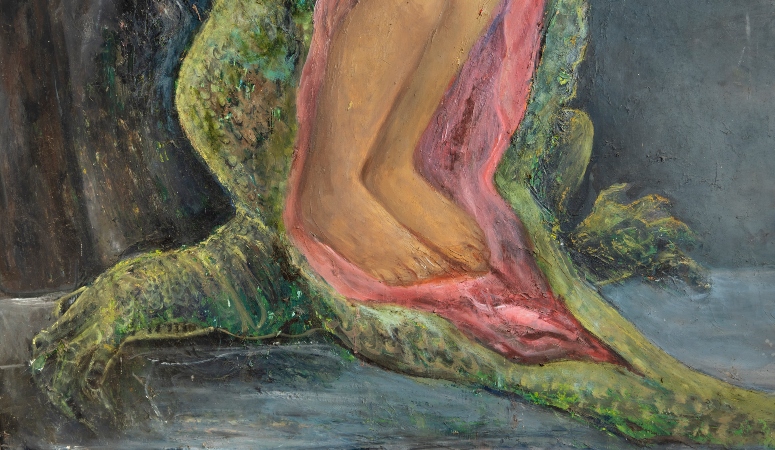
10. Adam and Eve
The story of Adam and Eve is often misunderstood. Their sin was not sexuality but disobedience. The story is that woman is experimental and recognizes change, is capable of it, or of not changing. (The raccoon wears a mask, is tricky, sneaky.) Woman holds the knowledge of good and evil, and she gives it to men. Men make tools, women make the civilization: “This must be done”; “this must not be done”; the always true. Woman is raising man from animal nature by making him aware of good and evil (diagonally opposite to Daedalus and Pasiphaë). She may succumb to evil, because she knows both.
Women can excuse men for evil, comfort them in it (like Lady Macbeth). Their knowledge is complete, and so they can play with it, and it can be terrible. The female aspect of God is always love, beauty, attention, care. She is raising man from animal nature, to make him aware he is another species, knowing good and evil. She is responsible for all such knowledge.
“My own little story”: The fox and the dog blend in this painting. My conviction is that after Adam and Eve ate the apple, they threw its core on the ground, and the dog checks it out as dogs always do, and ate the core. And so all dogs recognize good and evil. It is how dogs are trained.
Adam and Eve are surrounded by animals. The serpent is tempting them to get out of the web of animals and they do, and only the dog also eats. The serpent has a sense of triumph. He’s the victor. He brought about civilization and everything good and he didn’t intend that. [As a result,] we are responsible to good and evil.
The tree between Adam and Eve and St. Margaret is the Tree of Life as well as the Tree of the Knowledge of Good and Evil.
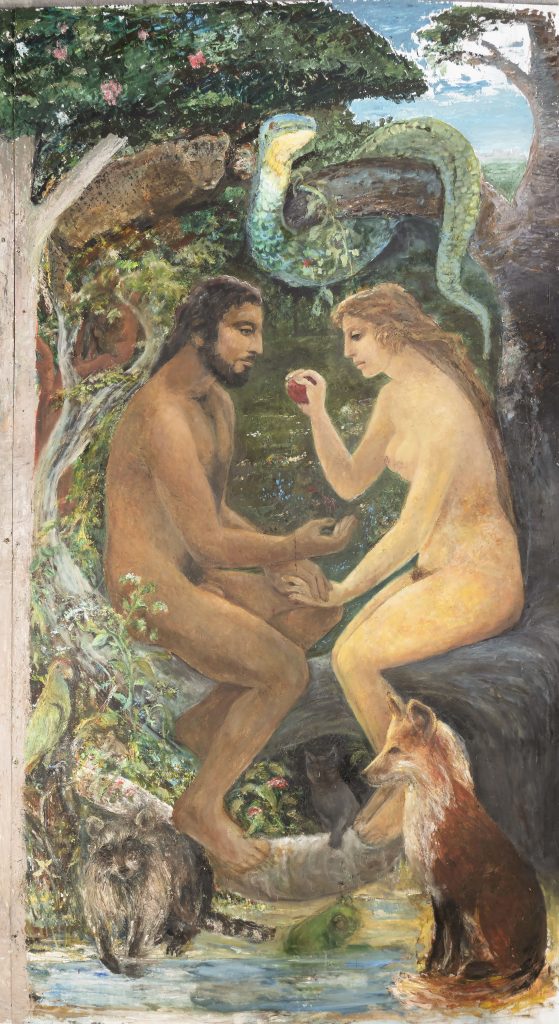
11-14: The Trees
All the side panels represent trees. All women have always been identified with trees. Trees have a feminine spirit. Women identify with and love trees, and wherever there have been groves, men would try to cut them down and to keep women from worshipping trees and worshipping in the trees. It is a terrible danger that cannot be eradicated. All these trees grow on the land. They are all existent and show the multiple nature of trees. Nature does these things, and they have their own agenda. I only observe them.
11. Bird-Headed Woman

This tree looks like a woman’s body. It’s a bird-headed woman. Women/human beings are part animal. There are ancient figures of women with bird heads, bird masks, American Indian figures. The sacredness of the animal allows you to participate in that by wearing a mask of the animal. Also, birds are prophetic: the Holy Ghost is a Dove, the Romans read omens in the flight of birds, etc.
12. Mask
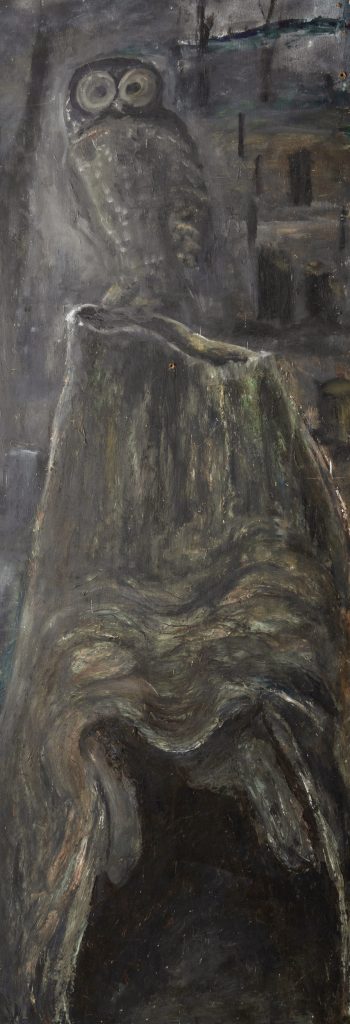
This is a burnt out redwood tree, with owl— a frightening mask, the opposite of 13, which is winding, sinuous, and smooth. This is threatening, the womb as a toothed mask. The owl of darkness, Athena, wisdom—all night things are of wisdom. They belong to the moon, not the sun.
13. Three Graces

These trees wind around each other, like the three graces, betraying the female nature of trees.
14. White Mare and White Sow

The animal aspect of human beings (white horse, white sow, reflecting Robert Graves’ White Goddess) and the contentment in the body and the flesh that is characteristic of women. The sow is a sacred animal, the witchy aspect of women, contemptuous of the spirited horse. Water is women’s element. The ease with which women worship has to be achieved by men. Women are constantly putting up trees and worshipping them.
Water is their natural element; all humans are born in water and come out of water.